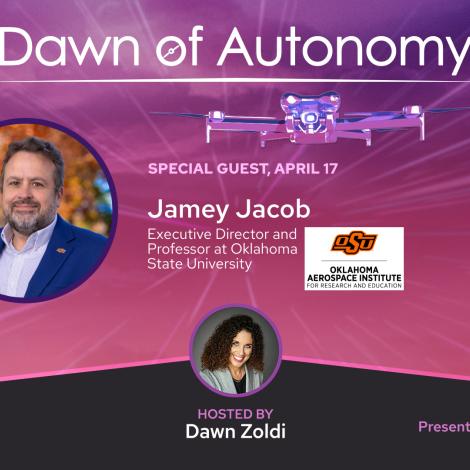Diversity, Equity, and Inclusion in Higher Education
As students returned to institutions of higher education this fall, AUVSI spoke with DE&I Advisory Group member Matt Scassero to learn how DE&I perspectives can be incorporated into higher education, especially in STEM degrees. Scassero is Director of Operations and Outreach for the A. James Clark School of Engineering at the MATRIX Lab at the University System of Maryland at Southern Maryland. Before this role, he was Director of the University of Maryland UAS Test Site.
UMD’s students come from diverse backgrounds, and Scassero states that, “Social consciousness is part of the university’s DNA and has been for a long time.” In recent years, the university started hosting dialogue courses to engage students in DEI topics in a meaningful, interpersonal way.
He highlights that the school’s Terrapin Strong values include a challenge for the community to consider actions they can take to make someone feel included every day.
The role of equity in STEM education
“STEM educators are uniquely positioned to really make an impact because of first, who our audience is and second, that we have the methods of pedagogy that we can use to expose, talk about, increase understanding and engagement with DEI,” Scassero says. “It's one thing to have a pamphlet and website, it’s another to have the pedagogy about how to teach and engage a targeted audience on a complex topic.”
He adds: “Any learning environment has a unique opportunity and responsibility. Part of our job is to help young people learn how to be an adult in a functioning society, but also to grow from exposure to what they bring to the table and help shape their expectations. It’s part of our responsibility to use the tools we have for broader learning.”
One big takeaway: Be specific to your audience
“Being specific is what moves the needle,” Scassero says about the biggest takeaway he learned with the Clark School of Engineering dialogue. He says that different disciplines need different approaches with tailored information to get students personally engaged. Educators must dig deeper to ask questions about, “How does this affect each individual’s life, what is this group’s exposure, and what can they do to make a difference going forward?”
An example he shares is that engineering students bring a problem-solving mindset. If they are presented with vehicle accessibility as a challenge to be solved, they will set their skillset and innovative thinking to propose design changes that improve equity.
Scassero also notes that students should intentionally choose to take charge of their DE&I education. “It’s up to each person to decide how they want to engage going forward – and to decide what they will do tomorrow, next week, and throughout their life to learn and grow.”
Takeaways for the uncrewed systems industry
“As we create autonomy and human-machine teaming, we need to make sure we do it right.”
The same lessons Scassero learned in his dialogue courses apply to other audiences and organizations. Scassero encourages organizations in the industry to consider the background, challenges, resources, and value that each person can uniquely bring. Ensuring everyone has an opportunity to get involved requires reaching individual staff members where they are at and proactively seeking out the perspective they can bring.
Workplaces can choose to deliberately ask: “How do we engage at the organizational and individual level to be role models to our customers, partners, and community?”
Is your organization seeking to get more involved in DE&I initiatives? Contact cjeppson@auvsi.org to get in touch with the DE&I Advisory Group.






